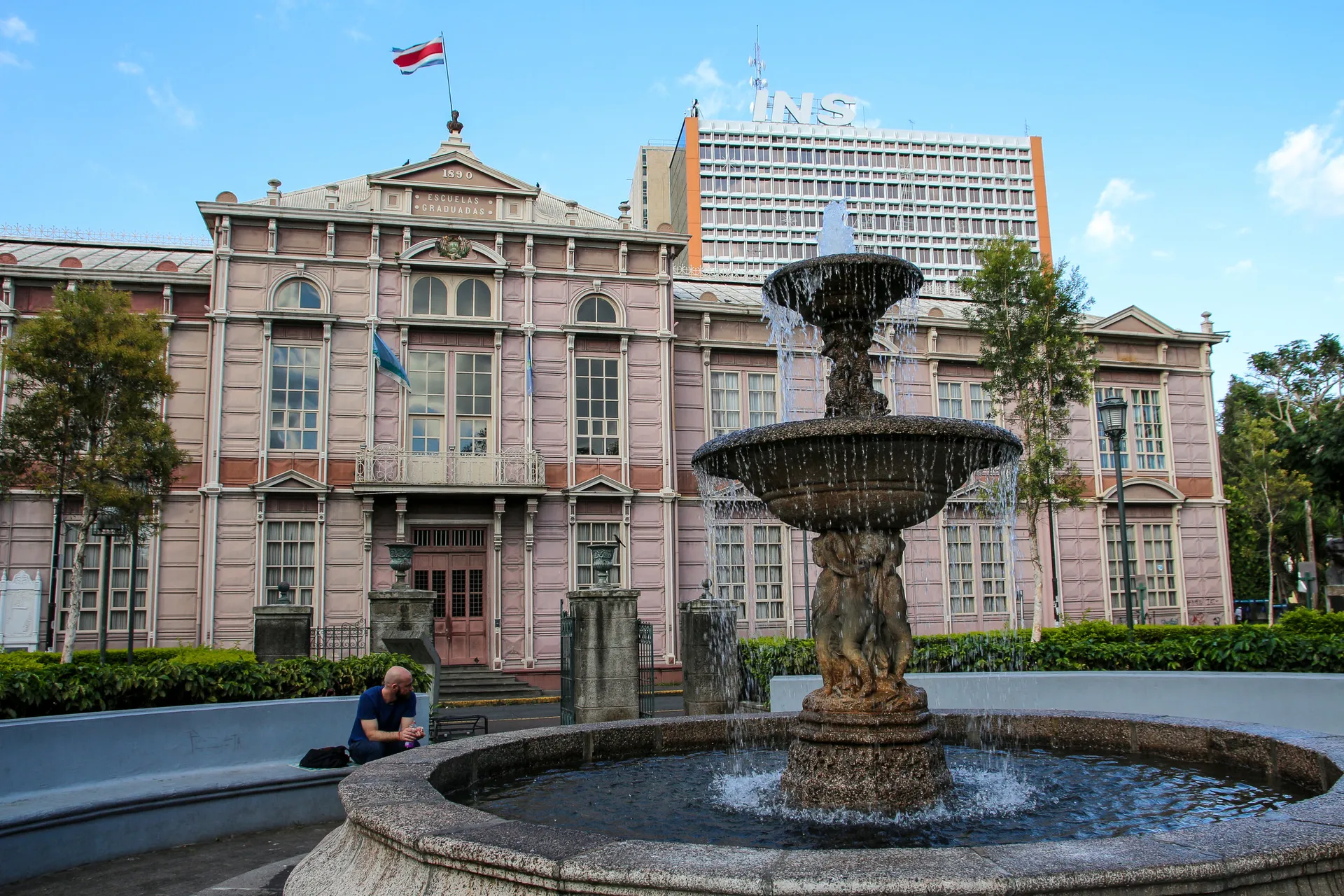- Travel Guides
- San Jose

San Jose
If you know where to look there are historic spots and sights that make San Jose well worth a day or two of anyone’s time. There are beautiful buildings, memorable museums and peaceful parks that connect the city to its coffee-boom heyday in the late 19th century. Until that time, from its foundation in 1737, San Jose was a forgotten backwater of the Spanish empire-wide dirt roads, simple adobe buildings and spindly telegraph poles.
First with tobacco and then even more so with coffee came prosperity and growth. All the trappings of a wealthy bourgeoisie rapidly appeared – landscaped parks, leafy boulevards, and the grand mansions built by the newly rich finqueros (coffee barons). Much of the architecture had a strong European and especially French influence, with delicate ironwork, Moorish lattices, dark wood interiors and colourful exteriors. The apotheosis of this style and opulence was realised in San Jose’s most iconic and revered building, the Teatro Nacional (National Theatre). Completed in 1897, every ounce of material and all of the craftsmen who built it came from Europe. It is jaw-droppingly splendid to look at, both inside and out, from its colonnaded facade to the lavish marble lobby and auditorium lined with extraordinary paintings.
Spoilt for choice of Museums
San Jose has some of the best and most modern museums in Central America. The standout attractions are the Museo de Oro , featuring over 2,000 artefacts of pre-Columbian gold; theMuseo del Jade , an incredible collection of Jade pieces; and the Museo de Arte Costarricense , located in the Costa Rica’s first airport terminal building and housing the country’s greatest art collection from colonial times to the present. Adjacent to this museum is La Sabana Park , where locals spend time out just relaxing on the grass or playing all manner of sports.


